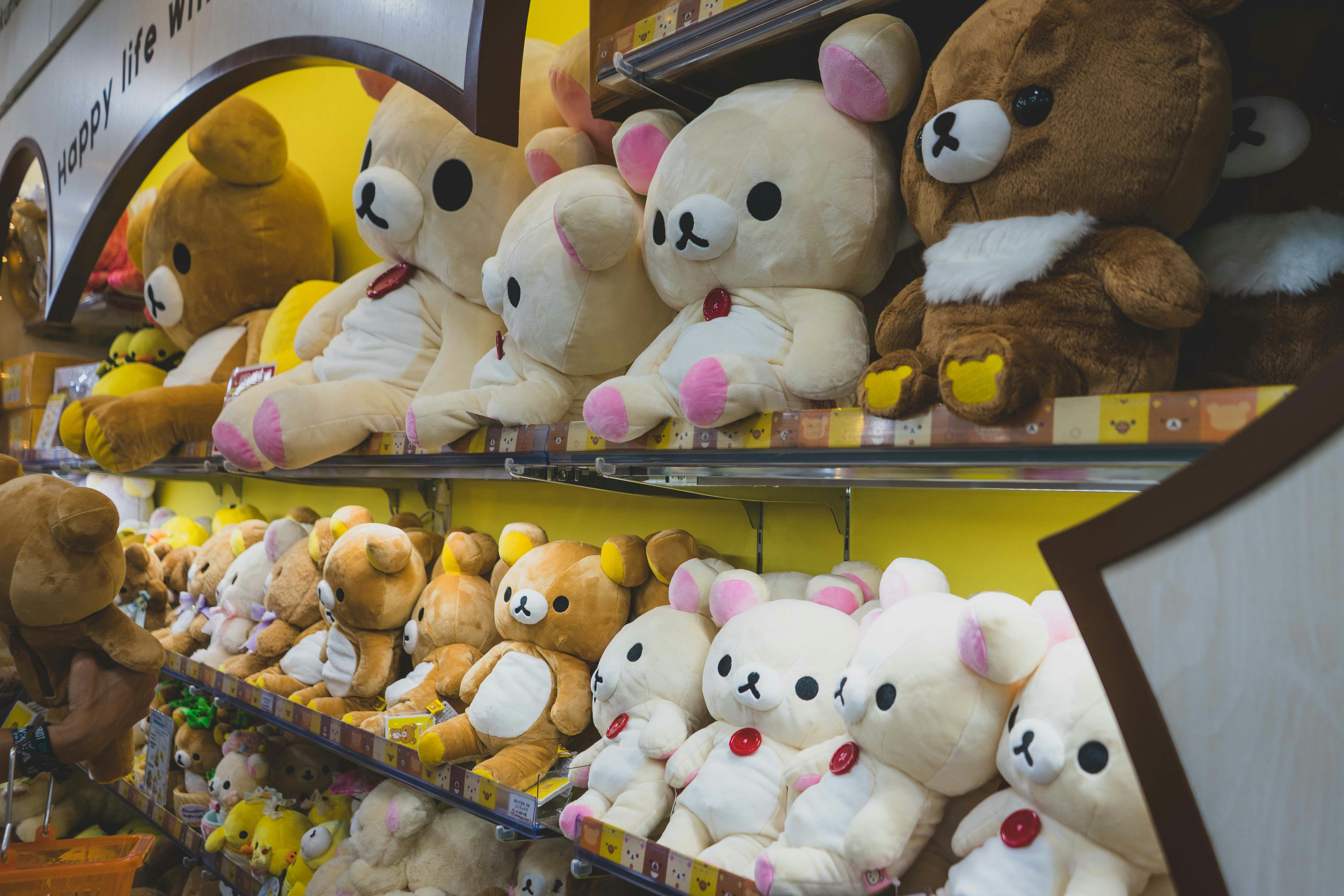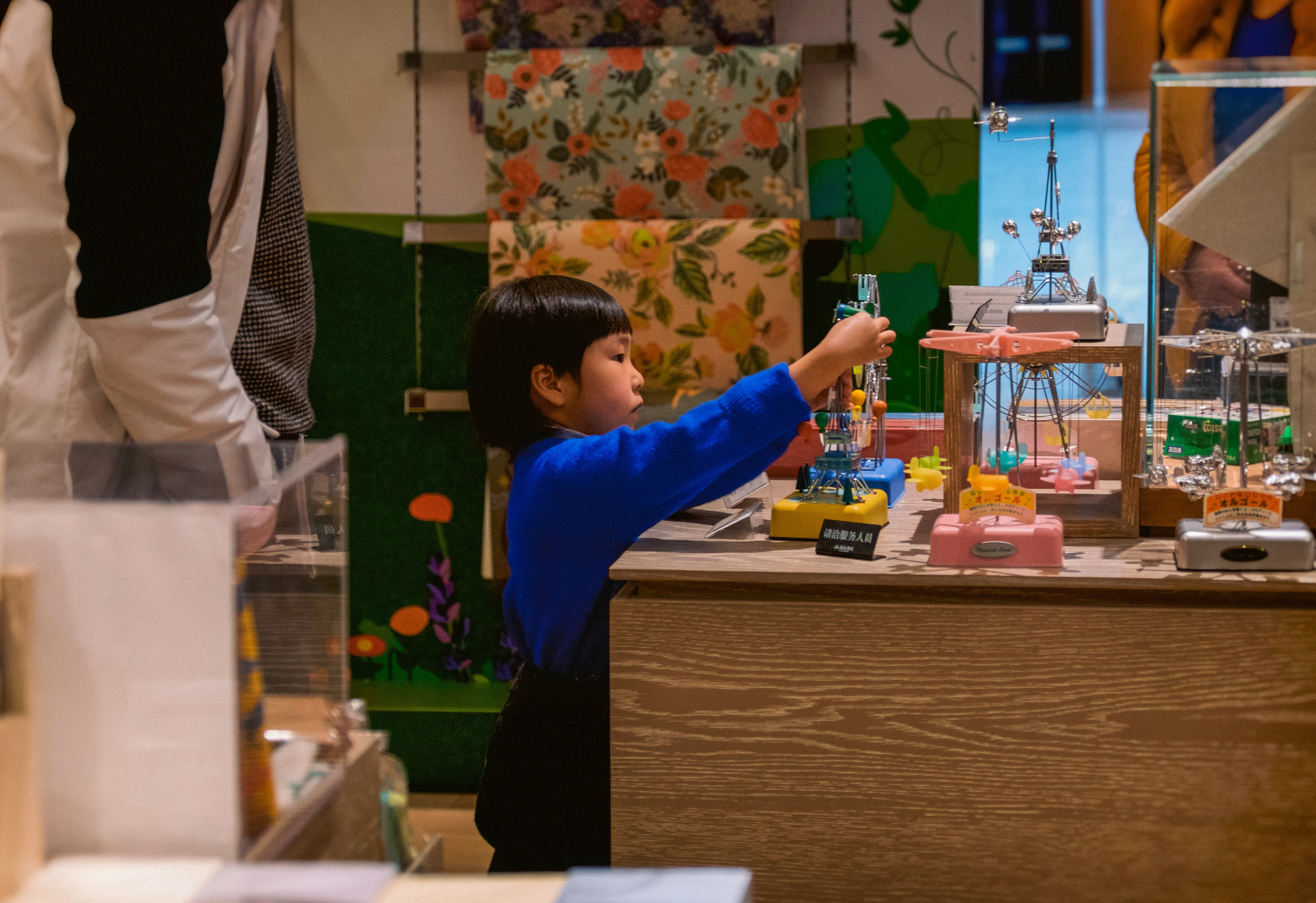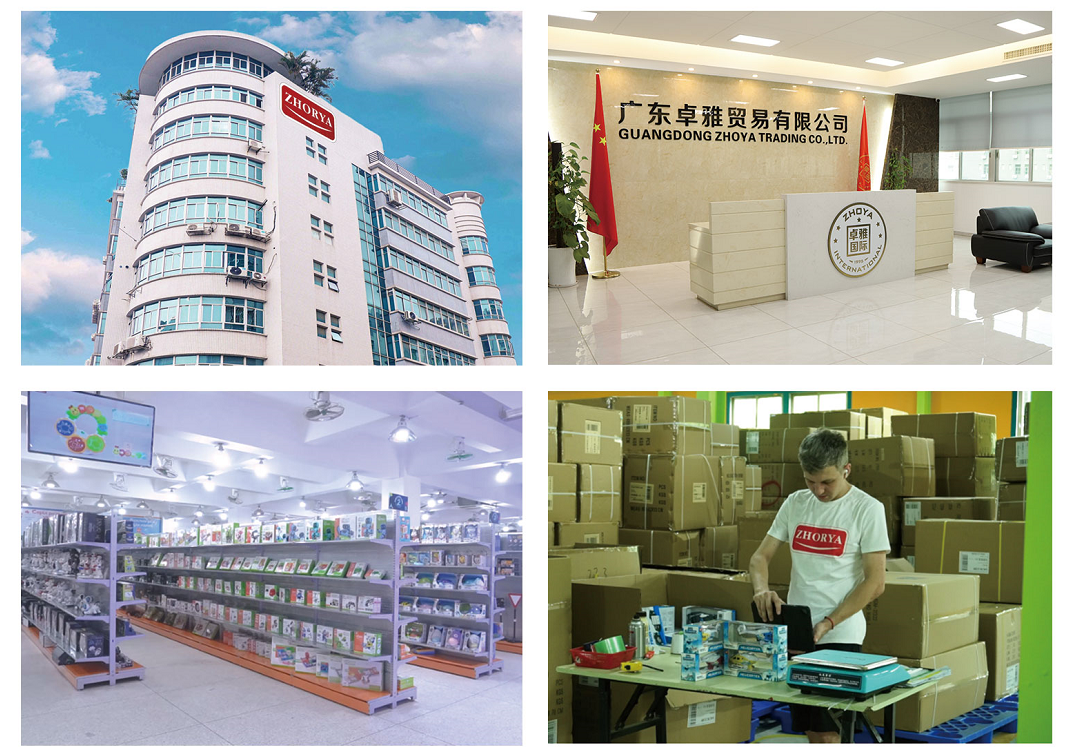Toy Display Psychology: 6 Proven Strategies for More Sales
2025-05-23 09:34:06
In the bustling world of toy retail, it's easy to assume that the toys themselves do all the selling. But in reality, what influences a parent to make that final decision often has more to do with how toys are displayed than the toys alone. Welcome to the world of toy display psychology — the subtle art of arranging products to trigger emotional responses and drive impulse purchases.
In this article, we'll uncover six proven shelf design strategies that encourage parents to say "yes" faster than their kids can say "I want that!" Whether you're a wholesaler designing point-of-sale displays for retailers, or managing your own toy store layout, these insights can help turn browsers into buyers.
1. Eye-Level is Buy-Level (But Not Just for Kids)
Many retailers understand the power of placing toys at children's eye level. It's true—kids are instinctively attracted to whatever they can see and reach. Toys placed within their direct line of sight often become the focus of attention, leading to those familiar "Can I have this?" moments. However, solely relying on child-level placement overlooks a key decision-maker in the buying process: the parent.
Parents hold the purchasing power, and they often scan shelves before their children do. That's why it's equally important—if not more so—to optimize product placement at adult eye level, typically around 5 to 5.5 feet from the ground. This is especially effective for toys with educational value or safety certifications, which parents prioritize.
👉 For example, featuring safe and interactive items like our wholesale Barbie Doll Series at adult eye level increases visibility for those seeking reliable and high-quality dolls.
Pro Tip: Place "negotiation toys" (ones parents might agree to after saying no to others) in the center of the shelf where both adults and children can see them.
2. Group Toys by Emotion, Not Just Function
Most toy stores or wholesalers group items by type—puzzles with puzzles, sports toys with sports toys, and so on. While this is useful, adding emotional grouping creates a stronger impact.
Create sections that speak to different parental goals:
-
"Toys for Calming Playtime" (perfect for dolls or sensory toys)
-
"Learn and Grow" (STEM and educational toys)
-
"Active Kids Zone" (great for items like our wholesale hula hoop sets)
By designing displays that cater to parental emotions—such as pride or hope—you nudge them toward purchases that feel meaningful and justified.

3. The Power of the "Middle Mess"
Too clean? Too perfect? That might not be selling your toys.
In retail psychology, a phenomenon called the "middle mess" refers to the idea that displays with a slight sense of realness—like a toy slightly out of place or a shelf that looks browsed—feel more approachable. Shoppers perceive these items as popular and worth considering.
Parents, especially in a hurry, often interpret a slightly "disturbed" shelf as social proof—if others were interested, maybe it's worth a look.
Of course, there's a balance. Keep the overall layout tidy, but don't fear a little natural disorder in the hot zones.
4. Use Light, Color & Music to Build a Story
Creating a mini-environment around a product can significantly boost engagement.
Parents are more likely to buy when a toy is displayed in a context that helps them visualize their child using it. Use warm lighting, pastel colors, and gentle music to set the tone. For energetic toys, use vibrant colors and upbeat sounds.
For example, products from our Inflatable toys wholesale collection—such as punching inflatables—shine when presented in festive-themed displays. Using funfair-inspired lights, upbeat music, and action elements like gentle air movement can recreate a playful atmosphere that reminds adults of school fairs or amusement parks.
Bonus Tip: Avoid harsh lighting and cluttered signage—it creates a stressful buying environment, especially for parents with kids in tow.
5.Using "Touch" Psychology to Trigger Ownership Feelings
Consumers are more likely to buy something they've touched. Allowing toys to be picked up, tested, or demoed activates what's known as the "endowment effect"—the psychological bias that makes us value something more simply because we've interacted with it.
Creating open-box displays or allowing kids to handle certain products can drive this behavior.
The more physical interaction you invite, the more likely a parent is to see the toy as "already theirs."

6. Create "Yes Zones" Near Checkout
One of the oldest tricks in retail is the impulse zone—the space near checkout where customers wait. But to appeal to parents, these "yes zones" must be handled carefully.
Instead of cheap trinkets, offer small toys that feel like smart, low-risk choices: think mini educational sets, mess-free art kits, or sensory toys.
Labels like "Great for Travel" or "Parent-Approved" help justify the quick decision. These "yes zones" work best when items are affordable, easy to carry, and offer clear value. When done right, they can significantly boost overall sales while leaving parents feeling good about that final add-on.
The Zhorya Approach to Display Psychology
At Zhorya, we understand that smart product design is only part of the equation. Effective product presentation is essential—especially for B2B clients aiming to maximize retail impact.
As one of China's most comprehensive toy wholesalers, our catalog is designed with shelf psychology in mind. From the color of our packaging to the categories we develop—such as RC toys, sports play sets, dolls, and building blocks—we help businesses curate product collections that don't just sit on shelves—they sell off them.
We work closely with distributors and retailers worldwide to ensure that every product line can be customized and displayed in ways that drive conversion, particularly in high-traffic retail environments.
Looking to source wholesale toys that sell themselves from the shelf? Explore our full collections at www.zhorya.com!
With over 1.8 million toys listed, Zhorya is not just a supplier—we're your strategic partner in toy sales success.

Final Thoughts: Designing for Emotion, Not Just Display
Toy display psychology is all about connection—between the product, the parent, and the potential experience. By tapping into visual, emotional, and environmental cues, your shelves can quietly do the selling long before a conversation begins.
Remember: in a world of sensory overload, the best shelf isn't the loudest one—it's the one that speaks clearly to the heart.
If you're a wholesaler, toy retailer, or distributor looking to upgrade your product presentation, Zhorya can help you curate and display toys that truly move. Literally and psychologically.
Contact us today!